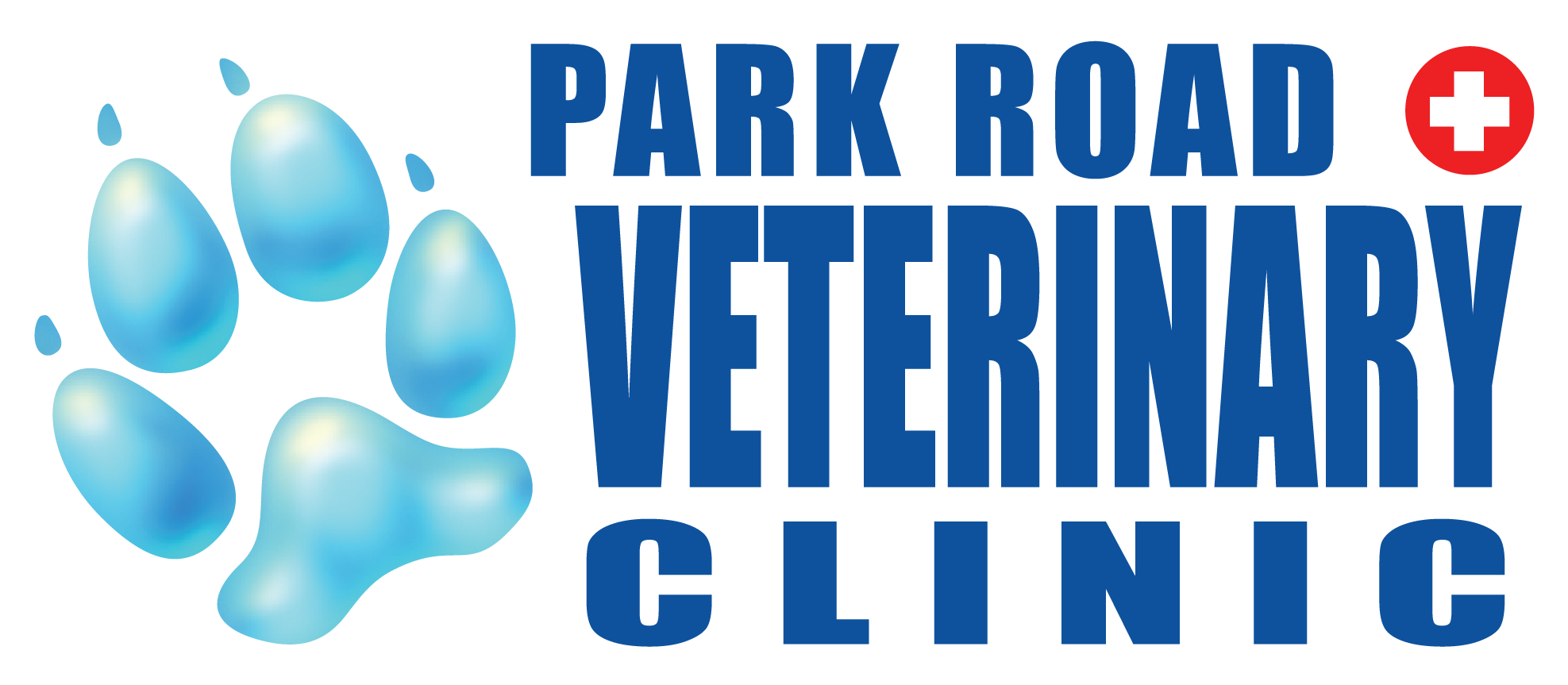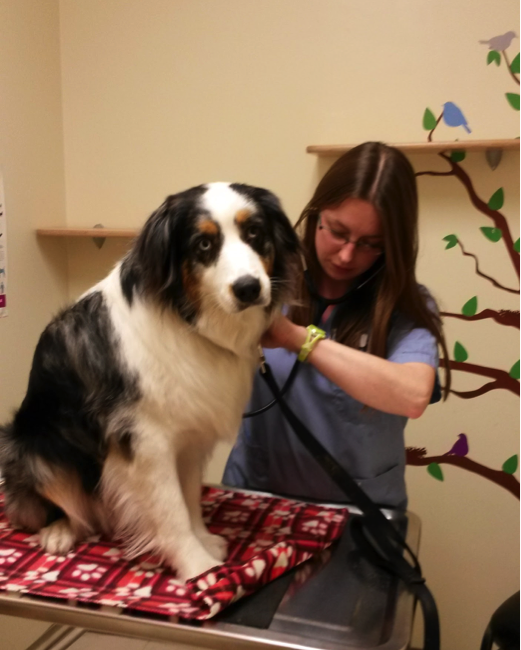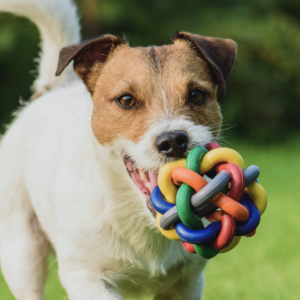This is probably one of the most important parts of the visit!
The check up starts with one of our incredibly compassionate, intelligent and courageous Animal Care Attendants asking you a million questions! The reason for this is because it gives us a lot a clues as to where to focus our attention, but also give us an idea as to where the changes may lie or what is normal for your pet.
If all we did is listen to their heart and squish their abdomen, we would miss a lot of diagnoses!
It starts with what we call ‘The History’.
We ask you questions like, how much is he drinking? How often does she urinate? Are his bowel movements normal? Is she vomiting? If so, how much and how often? What kind of food does he eat? Have you changed it recently? And a bazillion other questions that we RECORD in the medical records so we can refer back later to see what is normal for your pet (trending) and that we look very closely at before we examine the pet so we can rapidly determine what is going on if abnormal.
We look at your pet’s attitude and behaviour in the exam room. We make notes as well to look back at. Is your pet normally bouncing off the walls (noted in previous exams) and now is really quiet? Is your pet normally really quiet and now is acting very agitated? Is your pet hissing when they would normally be purring? So much is learned just from looking, and asking. For example, Sam the Boxer is normally pouncing all over me when I walk into the exam room. I barely get through the doorway before his paws are on my shoulders and I have a wet tongue washing my face. Last year I walked into the room and he was just lying on the floor and didn’t move when I came in. Two radiographs and four hours later we removed a sock from his digestive tract and he’s now back to pouncing on me!!! LOL!
We also watch your pet as they walk around the room. Is she walking normally? Is he lame? Does he walk in circles? Is there a head tilt? Is the back end not working correctly (the drunken sailor routine)? This only takes a few minutes but gives us an idea if we should be looking more closely at doing a lameness examination or a neurological examination.
Then we take your pets Temperature, Pulse and Respiration rate (also known as the TPR). Very important information, not just for that particular visit but again, so we can trend the information. Some pets always have a slight fever due to stress when they are in the clinic. Some do not so we know if the temperature is up, compared to the last few visits, we have a problem. We do the same for heart rate and respiratory rate.
We also check the color of their gums and what’s called a Capillary Refill Time. This is done by pressing down on the gums making them blanch. Then we pull our finger away from the gums and note how long it takes for the blood to refill. This should be less than two seconds. If it takes longer than that, it can indicate that the animal is in shock or may have a cardiac issue.
So all of this and many many more questions are asked by the Animal Care Attendant before the doctor even enters the room!
As a vet, I am eternally grateful for their service! They take care of the hard stuff – they know if the animal is aggressive and if I need a muzzle before I enter the room. They tell me if they are nervous. They have already take the temperature (the part of the job I hate the most!) and they have asked all the right questions so I can review the history not just from today’s visit but from previous visits so I can compare and trend what is normal/abnormal for your pet. And NOW I’ll go and examine their body so I can figure out where the problem lies, or what is normal for your pet!




